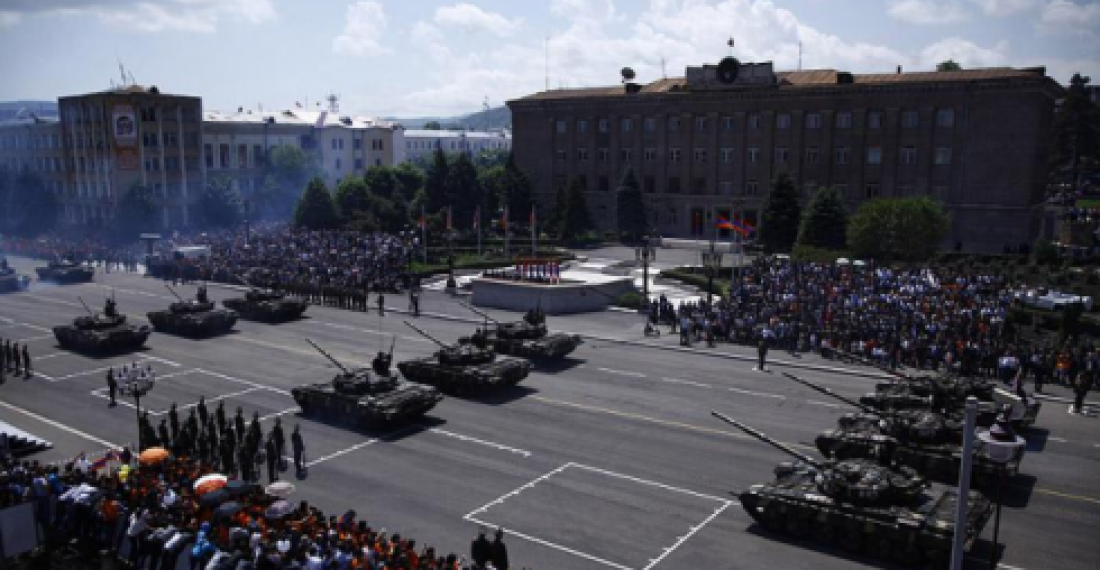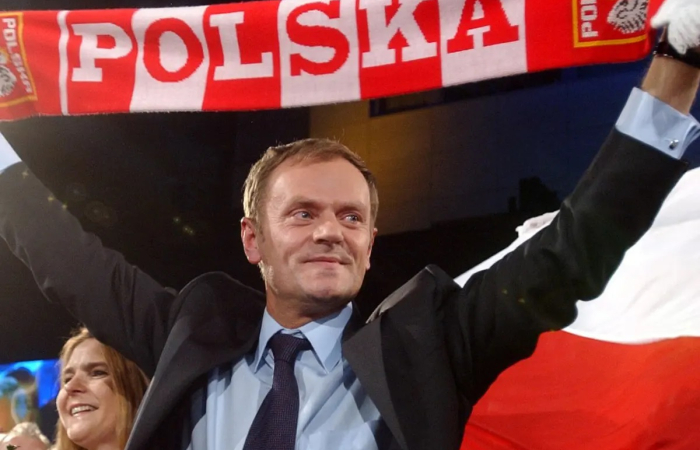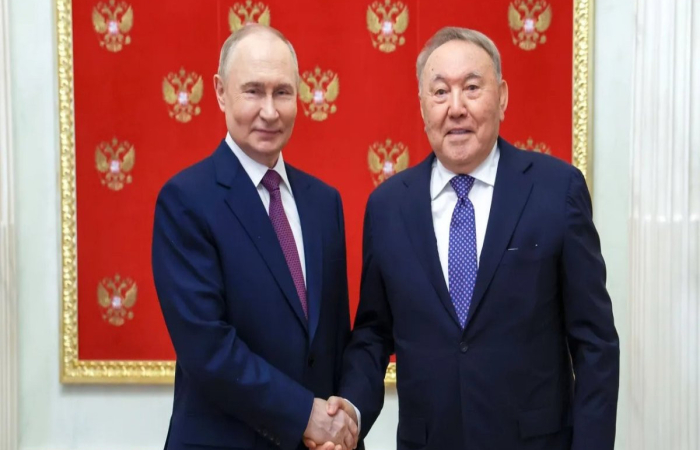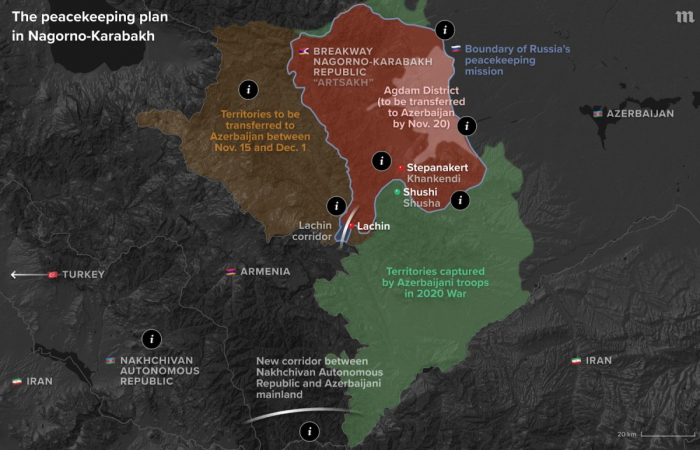Armenian military forces have put up a display of force at a military parade held in Stepanakert on 9 May to mark Victory Day. The event was attended by the Armenia president Serzh Sargsyan, the former president Robert Kocharian, the Catholicos of Armenia Karekin II and the President of the self declared Nagorno-Karabakh Republic, Bako Sahakyan. The parade included artillery and infantry units, tanks, missiles and helicopters. Armenian media also reports that some new equipment produced in Armenia, including unmanned drones, were on display at the parade for the first time.
The unusually large parade was a display of force, primarily meant to reassure the Armenian population of Karabakh of the readiness of the Armed Forces at a time of increasing tension on the front line.
Earlier there were reports that some Victory Day celebrations in Armenian villages in the Tavush Region close to the line of contact seperating Armenian and Azerbaijani forces had been cancelled because of security concerns.
source: commonspace.eu with agencies
photo: Victory Day parade in Stepanakert on 9 May 2012 (picture courtesy of the press Service of the president of Armenia).






